Unpacking the Tradition of Pag Island Cheese
35 min read Discover Pag Island's famed Paški sir—windswept pastures, salt-kissed flavor, artisan aging, and cultural legacy—plus tips for tasting, pairing, and visiting traditional dairies. October 09, 2025 12:08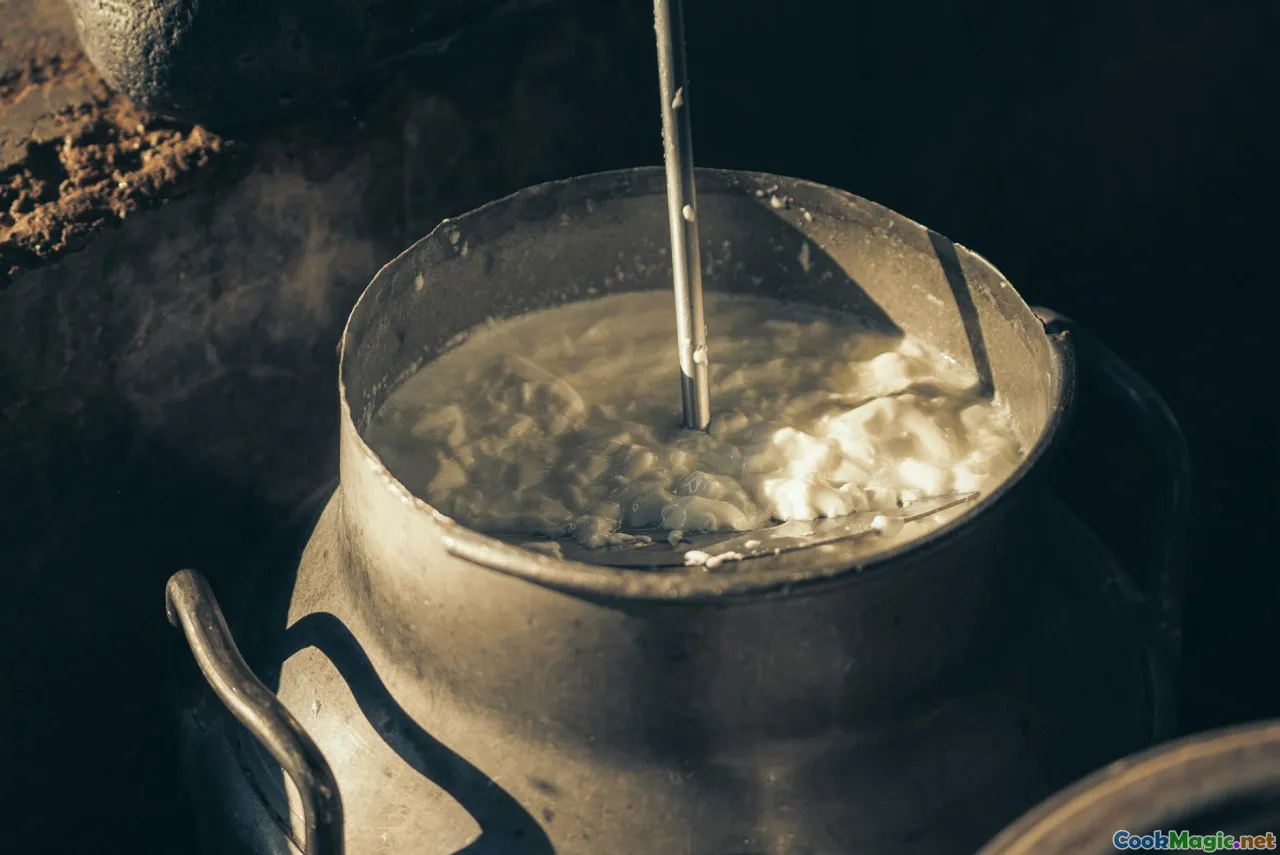
The first time I tasted Paški sir, the famous hard cheese of Croatia’s Pag Island, the bura was howling. That knife-edged wind rattled the shutters of a stone konoba in Kolan while a plate arrived with three slivers: pale straw, more deeply golden, and finally a sunset-orange wedge that seemed to glow. The room smelled of olive wood smoke and warm bread. I lifted the youngest slice to my nose: dry hay, salty sea spray, and something wild—sage, perhaps, or immortelle. The bite was firm, then crumbling, the flavor blooming from gentle ovine sweetness into a confident, peppery tang. The older wedge was another creature entirely: crystalline, almost caramelly, with a lingering salinity like the memory of a swim in late September. Outside, the island’s sheep tucked their noses into the thorny herbs crouching under the wind. Inside, I understood in a mouthful how a place could live in a cheese.
What Makes Pag Island Cheese Unique

Paški sir—Pag Island cheese—is not just a product; it’s a landscape condensed. The island itself is a stark stage set: a ribbon of pale karst rock in the northern Adriatic, brushed with silver grasses and low, fragrant shrubs. The star of this ecological drama is the bura, a cold, dry wind that barrels down from the Velebit mountains. On Pag, the bura gathers speed, fling salty mist from the sea, and coats the low vegetation in a salty film. Sheep nibble these scrubby plants—sage (kadulja), thyme, and immortelle (smilje)—and their milk takes on the aromatic, briny personality of this diet.
That milk comes from the Paška ovca, an autochthonous breed of small, sturdy sheep adapted to the island’s thin soil and brutal winds. Their milk is rich and concentrated, precisely because their environment demands a leaner existence. Imagine a sheep stepping carefully over chalky stone, clipping tiny bursts of flavor from a world scaled for small appetites. The milk reflects that density: high in fat and protein, thick with potential.
Pag’s people have shaped this raw material with generational skill. They salt, press, and age the milk into compact wheels, rubbing them with olive oil to keep the rinds supple and to slow the relentless drying that a wind-hardened island encourages. The result is a cheese that at its best tastes like the island itself: mineral, herbal, bright with sea salt, and humming with the savory depth that only sheep’s milk can muster.
Lace, Salt, and Sheep: A Brief History of Paški Sir

Pag is a place of handwork. The island’s fame was once stitched into lace—filigreed Paška čipka, so fine it looks like frost. It was also raked into salt: the ancient salt pans at Solana Pag shimmer in geometric panels, a stark counterpoint to the sea’s shifting surface. Cheese sits at the intersection of these two traditions. It needs the patient tending of lace and the clean, mineral sting of salt.
Shepherding on Pag is older than memory; Roman traces lace the island, and medieval documents reference traded wheels of sheep’s cheese. For centuries, families in villages like Kolan and nearby Šimuni made cheese in home dairies, shaping small wheels by hand and storing them in cool stone rooms. These were practical cheeses, meant to last a season or more, valuable enough to be bartered for tools or cloth. Women’s hands often did the brining and oiling, eyes trained by lacework to notice small imperfections in rinds or texture. Men roamed the stone pastures, reading weather and wind.
In the 20th century, cooperatives and small dairies consolidated production. Pag gained a modern identity for cheese while preserving its core methods. Today, Paški sir holds protected geographical status within the EU, a recognition of how inextricable the cheese is from its place. That status isn’t a bureaucratic flourish—it’s an acknowledgment that the bura, the island’s herbs, the Paška ovca, and the hands of Pag’s cheesemakers cannot be copied elsewhere. And yet the tradition remains intimate. In Kolan—the island’s cheese heart—every street seems to carry the scent of a rind being rubbed, a wheel turned on wooden boards.
Inside Kolan’s Caves: Meeting the Makers

My pilgrimage to Pag brought me to Kolan, where a cluster of dairies turns out some of the finest Paški sir. In a chilled, earthy-smelling aging room at a well-known family dairy, hundreds of wheels rested on slatted shelves like small, sleeping moons. A guide named Marija rubbed her fingers along a wheel and brought them to her nose. Olive oil and stone, she said simply, then offered me a slice scored from a wheel aged 12 months.
The dairy’s tasting room was an education. First, a young, four-month wheel: pliant, smelling faintly of chamomile and warm cream. The taste was fresh and a little peppery, the salt bright but not aggressive. Next, a wheel at nine months: the paste more brittle, little white flecks like stardust across the cut surface—tyrosine crystals, the tiny crunch signifying age. Now I could smell the island more clearly: sun-warmed herbs, a thread of lanolin, and the ghost of dried figs. Finally, a 16-month veteran: sharper, with a long finish that lifted into something almost floral.
As we tasted, Marija talked about the bura. She described a January day when the wind painted the pastures white with sea. The sheep, clever as ever, nose beneath the salt-crusted leaves for soft stems. That salty varnish is not just an inconvenience—it’s terroir made visible. When you taste the cheese, she said, you taste that day.
Producers on the island range from legacy cooperatives to family-run dairies whose names you’ll see in specialty shops from Zadar to Zagreb. Pag’s better-known makers have earned accolades at international competitions, including multiple Super Gold medals at the World Cheese Awards—proof that this rugged island’s quiet craft resonates far beyond its low limestone walls. Yet in Kolan, the atmosphere remains domestic and unpretentious. Cheddar has cathedrals; Paški sir has kitchens and caves.
How Paški Sir Is Made: Precision and Patience
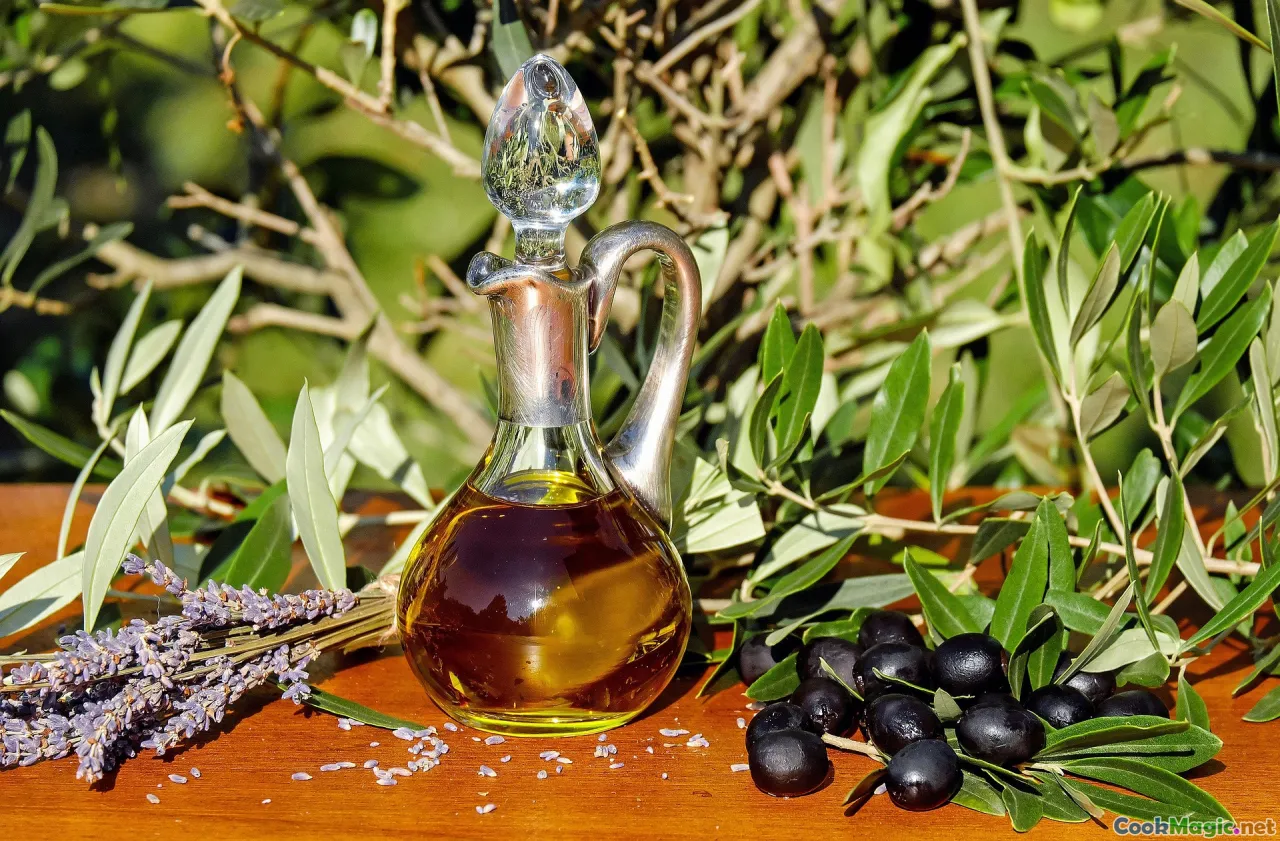
At its heart, Paški sir is a hard, cooked-pressed sheep’s milk cheese. Traditionalists will debate the virtues of raw versus thermized milk, but method and milk quality matter more than any single dogma. Here is a simplified overview of the process that gives Pag cheese its unmistakable character:
- Milk collection and warming
- Fresh sheep’s milk is collected twice daily in season (lambing and lactation shape the calendar). The milk’s composition changes throughout spring, with early-season milk sweeter and richer.
- The milk is warmed to a precise range, generally between 32–36°C, to prepare for coagulation.
- Coagulation
- Rennet—traditionally animal rennet—is added to set the milk. Within 30–60 minutes, a firm, elastic curd forms. The aroma when the vat is first pierced is irresistible: warm cream and damp wool.
- Cutting and cooking
- The curd is cut into rice-grain pieces using curd knives. Tiny fragments create a drier paste—crucial to a hard aged cheese.
- The curd is then gently heated and stirred, encouraging whey expulsion. You can smell a blossoming of sweet, lactic aroma as steam rises.
- Draining and pressing
- Curds are gathered and packed into molds. Pressing begins, first gently, then more firmly, often under increasing weights, to expel whey and knit curds into a dense mass.
- The pressed cheese is memorably compact—wheels often averaging 1.8–3 kg—with a firm, tight paste.
- Brining
- Wheels are immersed in brine, sometimes influenced by local sea salt, which penetrates and seasons the paste. Timings vary, but the salt’s job is twofold: flavor and preservation.
- Rind care and aging
- After draining, wheels are moved to cool aging rooms with controlled humidity. Cheesemakers periodically rub the rind with olive oil—sometimes infused with local herbs—to regulate moisture and discourage unwanted mold. The oiling gives the rind a burnished look and an aroma of fruit and smoke.
- Aging lasts from 2 months (for the youngest marketable cheese) to well over a year. The shelf is a conversation partner: wheels are turned often to prevent warping and to encourage even aging.
Two details make Pag’s cheese particularly nuanced. First, the milk’s herb-salt character emerges most clearly in the middle-aged range (8–12 months), when the cheese has enough time to develop complexity but still holds the delicate perfume of spring pastures. Second, the olive oil rub, beyond its practical effect, subtly perfumes the rind, a draft of Mediterranean brightness that you can sense with each sniff of a freshly cut wedge.
This process is straightforward on paper and infinitely complex in practice. Small differences in curd size, brine strength, humidity, and even the exact blend of wild herbs the sheep have grazed will whisper (or shout) their way into the finished wheel. On Pag, the cheesemaker’s craft lies in listening—making small adjustments that keep the cheese in conversation with a capricious climate.
Tasting the Seasons: From Spring Milk to Winter Crystals

Paški sir changes dramatically across its life. Think of it not as a single cheese, but as a chorus whose voices take turns stepping forward.
-
Young (2–4 months): Pale yellow paste, smooth-cutting, with a slightly elastic bite that gives way to a tender crumble. Aromas of fresh cream, wildflowers, and a saline lift reminiscent of sea air. Flavors are milky and gently herbaceous, with a peppery flicker at the finish. Serve this stage with crisp apple and a chilled glass of Debit or Malvazija to highlight its freshness.
-
Middle-aged (6–10 months): The paste deepens in color, the rind nuances into a soft leather brown from oiling. Tyrosine crystals begin to appear like tiny constellations under the knife. Smells become more complex: warm hay, bruised sage, and a whisper of lanolin. Texture is notably drier, with a satisfying granular break. Flavors deepen into umami, with caramel and toasted nut notes emerging behind the herb-salt backbone. This is the platonic ideal for a cheese board.
-
Mature (12–18+ months): The color shifts toward ambery straw. Crystals crunch appreciably under the tooth. Aromas take on a gentle sharpness—think Parmesan’s nuttiness crossed with the herbal echo of a coastal hillside at dusk. The salt is present but integrated, like a memory rather than a shout. You’ll find a long finish, half savory, half floral, with a suggestion of honey and dried fig. These wheels can stand up to bold reds and even a well-chilled glass of prošek for dessert.
No matter the age, a wedge of Paški sir has an architectural beauty under light. The slice shows a tight, even paste, a rind that’s firm without being brittle, and, in older wheels, those glittering white specks that pop like tiny sea-salt fireworks.
Pairings: Dalmatian Pourings, Coastal Bites
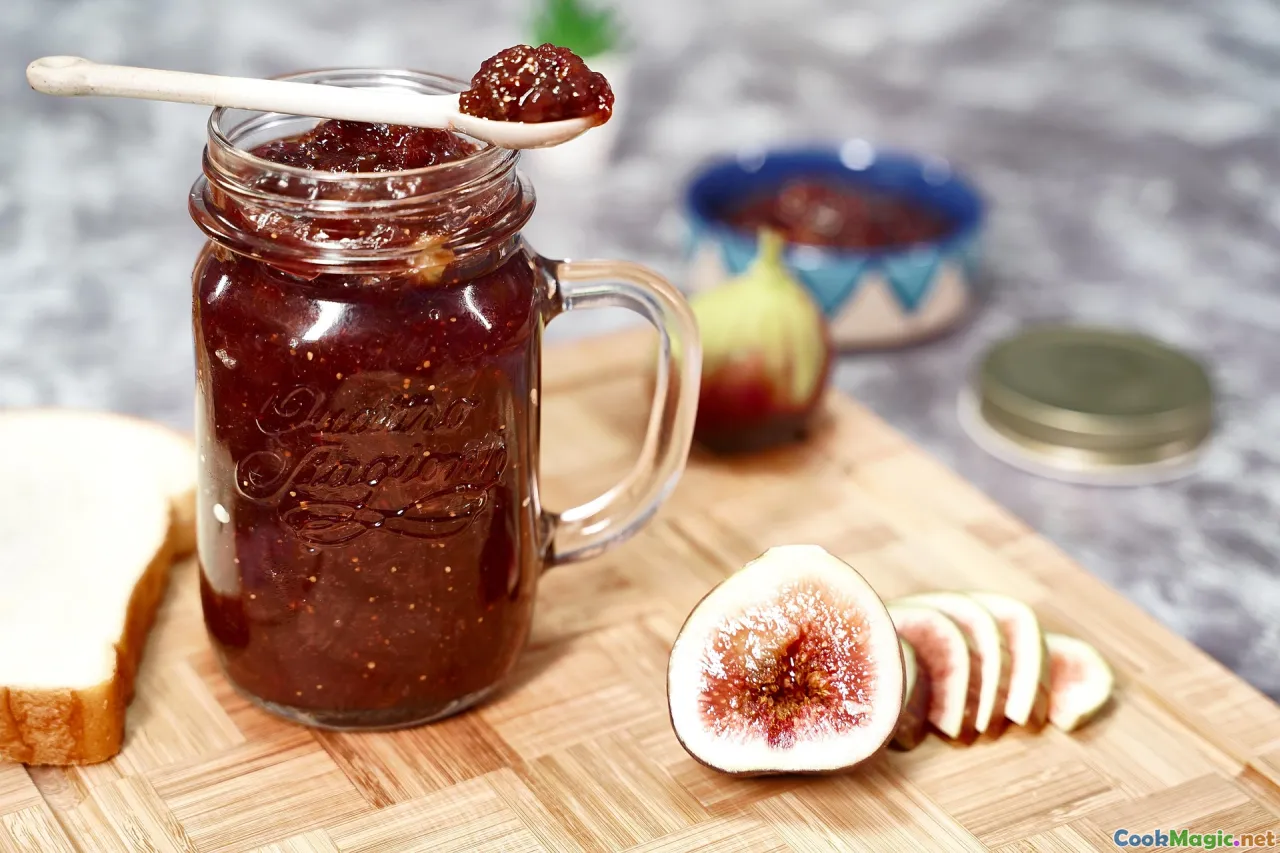
The most faithful pairings for Paški sir are those that feel like cousins—other products of the coast and its hinterland.
-
Wines: Try a Pošip from Korčula for balance; its stone-fruit weight and citrusy edge rise to meet the cheese’s salt and crystals. A textured white like Maraština or Grk can tease out the herbal notes. For reds, Plavac Mali brings ripe black fruit and sun-warmed garrigue—a fine match with mature wheels. If you’re pouring something sweet, a small glass of prošek bridges the cheese’s caramel notes.
-
Honey and preserves: Sage honey is the island’s mirror, floral and resinous, a few droplets on a brittle shard of mature cheese making the flavors hum. Fig jam, especially thick, seed-studded spreads or pressed smokvenjak (fig cake) sliced into coins, loves Paški sir’s salt and sheepy richness.
-
Charcuterie and the sea: Paired with Dalmatian pršut—long-aged, lean, scented with smoke and bura—the cheese opens into savory harmonies. A few salted anchovies in good olive oil are a briny jolt that makes younger wedges taste brighter.
-
Bread and crackers: In Pag town, you can find paški baškotin, a gently sweet twice-baked bread made by Benedictine nuns. Its crunch and subtle vanilla note contrast beautifully with middle-aged Paški sir.
-
Beer and spirits: A malty, not-too-bitter lager echoes the cheese’s caramel notes. For something darker, a porter’s roasted flavors meet a mature wedge gracefully. As a digestif, a small glass of travarica—the Dalmatian herbal rakija—nods to the thyme and sage already in the cheese.
Serve cheese at cool room temperature, not straight from the refrigerator. Thirty to forty minutes on the counter coaxes aromas forward: the difference between a closed window and one cracked to the sea breeze.
Cooking With Pag Island Cheese: Recipes and Tips

While many purists prefer Paški sir unadorned, it shines in cooking when used with restraint. Its intense salt and herbaceous tang can bring a dish into focus the way a finishing squeeze of lemon can wake a stew.
- Octopus Salad with Shaved Paški Sir and Lemon Oil Serves 4
- 500 g cooked octopus, sliced into bite-sized pieces
- 1 small red onion, thinly sliced
- 1 cucumber, peeled and diced
- Handful of cherry tomatoes, halved
- 60 ml extra-virgin olive oil (preferably from Dalmatia)
- Zest and juice of 1 lemon
- Sea salt and freshly ground pepper
- 30 g Paški sir, shaved with a peeler
- Handful of parsley, chopped
Method: Toss octopus, onion, cucumber, and tomatoes. Whisk olive oil, lemon zest, and juice; season lightly—remember the cheese brings salt. Dress the salad and chill for 15 minutes. Plate, then shave Paški sir over the top and finish with parsley. The cheese’s salinity knits the bright lemon and briny octopus.
- Black Risotto with Pag Cheese Finish Serves 4
- 300 g Arborio or Carnaroli rice
- 2 tablespoons olive oil
- 1 small onion, finely chopped
- 2 cloves garlic, minced
- 200 g cuttlefish, cleaned and chopped
- 1 sachet cuttlefish ink (or the ink from the cuttlefish)
- 120 ml dry white wine
- 1 liter hot fish stock
- 30 g butter
- 40 g finely grated Paški sir, plus extra to shave
- Lemon wedges to serve
Method: Sauté onion in oil until translucent; add garlic and cuttlefish, cook until opaque. Stir in rice, toast lightly. Deglaze with wine; when absorbed, add hot stock a ladle at a time, stirring. Midway, stir in the ink. When rice is al dente and glossy, off heat, stir in butter and grated Paški sir. Season and serve with a lemon wedge and a few shavings of cheese. The cheese amplifies the risotto’s maritime depth without tipping into heaviness.
- Pappardelle with Lamb Ragù and Pag Crumbs Serves 4–6
- 400 g pappardelle
- 500 g ground lamb
- 1 onion, finely chopped
- 1 carrot, finely diced
- 1 celery stalk, finely diced
- 2 tablespoons tomato paste
- 150 ml red wine
- 400 g canned crushed tomatoes
- 1 bay leaf
- 1 teaspoon chopped fresh rosemary
- Olive oil, salt, pepper
- 60 g Paški sir, finely grated
- 50 g coarse breadcrumbs
- Zest of 1 lemon
Method: Brown lamb in olive oil; add onion, carrot, celery, and a pinch of salt; cook until soft. Stir in tomato paste, then deglaze with wine. Add tomatoes, bay leaf, rosemary; simmer 45 minutes until thick. Meanwhile, toast breadcrumbs with a drizzle of oil until golden; toss with lemon zest and half the grated cheese. Cook pappardelle. Toss pasta with ragù and the remaining cheese. Plate and sprinkle with Pag crumbs. Each bite carries lamb’s sweetness, herbs, and the cheese’s salty sparkle.
- Warm Fig and Cheese Bruschetta Makes 12 pieces
- 1 baguette, cut into 12 slices
- 2 tablespoons olive oil
- 6 ripe figs, halved
- 60 g Paški sir, shaved
- 2 teaspoons thyme leaves
- 2 teaspoons honey (sage honey if available)
Method: Brush bread with oil; toast until crisp. Top each slice with a warm fig half, a few thyme leaves, and a veil of shaved Paški sir. Drizzle with honey. Serve immediately, the cheese softening into the warm fig.
Tips for cooking with Paški sir:
- Use it as a finisher: fold into hot dishes off-heat to preserve aromatics and avoid breaking.
- Balance salt: reduce other salty elements (anchovies, olives) when adding generous amounts.
- Highlight herbs: rosemary, thyme, and sage amplify the cheese’s natural flavors.
- Respect texture: in high heat, shards can dry out—add shaved cheese at the end.
Paški Sir, Pecorino, Manchego: A Comparative Tasting

It’s tempting to compare Paški sir to other famous sheep’s milk cheeses. Doing so clarifies its core identity.
-
Pecorino Romano: Salty, assertive, and primarily a grating cheese, Pecorino Romano is a culinary workhorse. Its salt often dominates the palate; its texture is rock-hard and typically denser. Paški sir, by contrast, though similarly salty, carries a clear herbal perfume from the sheep’s diet and a subtle olive oil-kissed rind. Middle-aged Paški sir is more nuanced on a cheese board; Romano is more aggressive in cooking.
-
Fiore Sardo (Sardinia): Fiore Sardo shares an island-bred hardness and a respectful relationship with wind and salt. Traditional versions are lightly smoked, lending a different aromatic signature. Paški sir rarely carries smoke; instead it leans into the Dalmatian maquis—sage and thyme. Texture-wise, both build crystals with age, but Paški sir often shows a slightly tighter paste.
-
Manchego (La Mancha): Manchego is smoother and creamier at comparable ages, with a sweet, nutty flavor and less overt salinity. While Manchego bears the stamp of dried grass and orchard, Paški sir whispers sea spray and karst. On a board, a flight of these three reveals how landscape imprints itself on sheep’s milk: meadow, mountain, and maritime scrub.
Ultimately, Paški sir refuses to be confused with any cousin. The bura and the botanicals write its accent.
Buying, Storing, and Serving: A Cheesemonger’s Guide
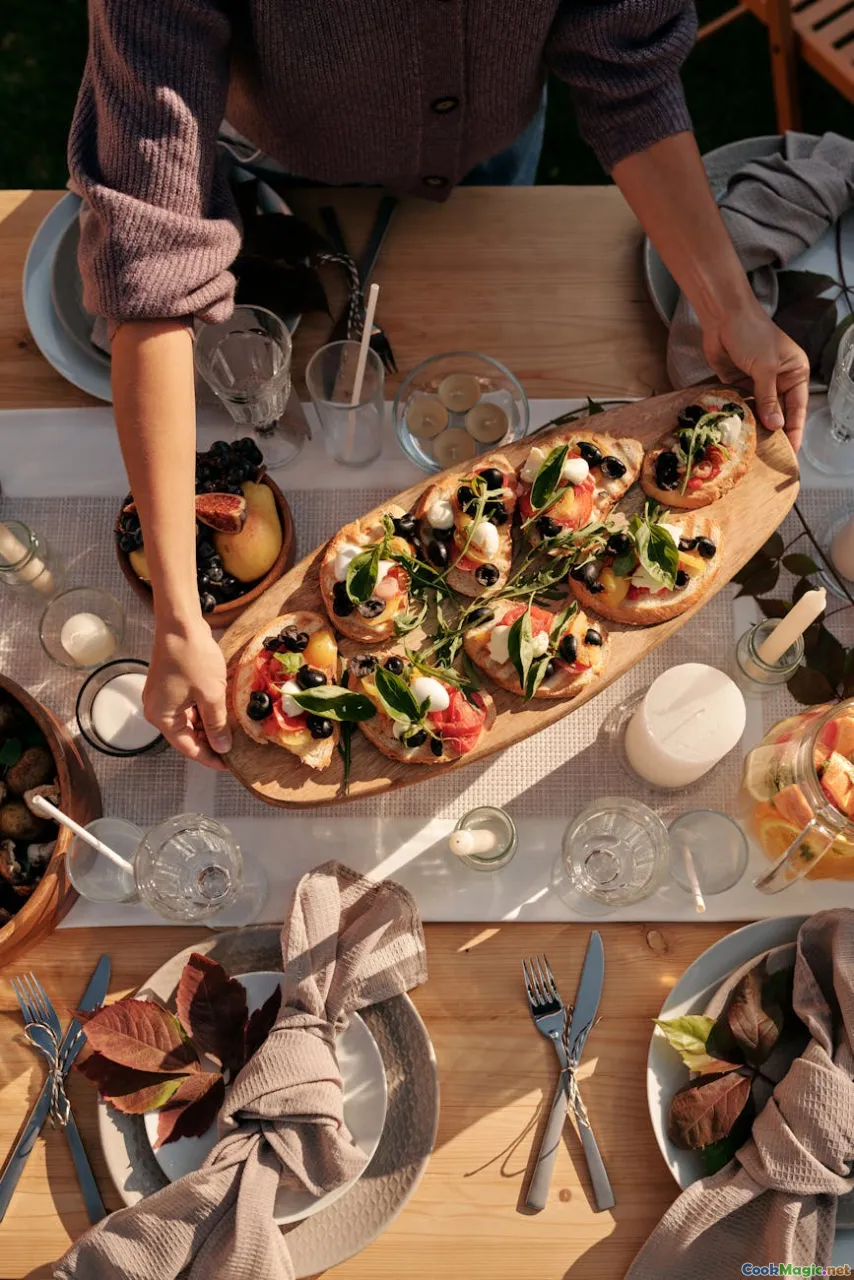
When you’re shopping for Paški sir, keep these details in mind:
-
Look for the name: Authentic wheels are labeled Paški sir, often with the maker and aging indicated. Reputable Croatian producers export to specialty shops across Europe and beyond.
-
Age matters: For a cheese board, aim for 8–12 months for a balanced experience. For grating or shaving over robust dishes, go older.
-
Rind and paste: The rind should be clean, oiled but not sticky, without thick mold accumulations. The paste should be firm, with a uniform color. Sparse, white crystals signal age and are a good sign.
-
Cut or whole: Buying a wedge? Ask for a center cut rather than only edge to avoid a too-dry piece. Whole or half wheels keep better if you’re hoarding treasure.
Storing:
- Wrap in breathable materials—waxed paper or cheese paper—then a loose foil or a perforated plastic bag to balance moisture retention with airflow. Avoid airtight plastic wrap directly against the paste; it suffocates and can impart off-flavors.
- Keep in the warmest part of the fridge (cheese drawer or top shelf), around 8–10°C if possible.
- Refresh the wrap every few days and wipe the rind with a bit of olive oil if it appears overly dry.
Serving:
- Bring to room temperature slowly—30 to 40 minutes is ideal.
- Use the right knife: a short, sharp knife for firm wedges; a cheese plane for clean, thin shavings. For older wheels, a small Parmesan-style knife can help break off nuggets that highlight crystals.
- Plate thoughtfully: include a small dish of sage honey, a handful of walnuts, and a few slices of Dalmatian pršut. Keep pickles at arm’s length; acidity can overwhelm delicate herbal notes.
On the Island: Where to Taste, What to See
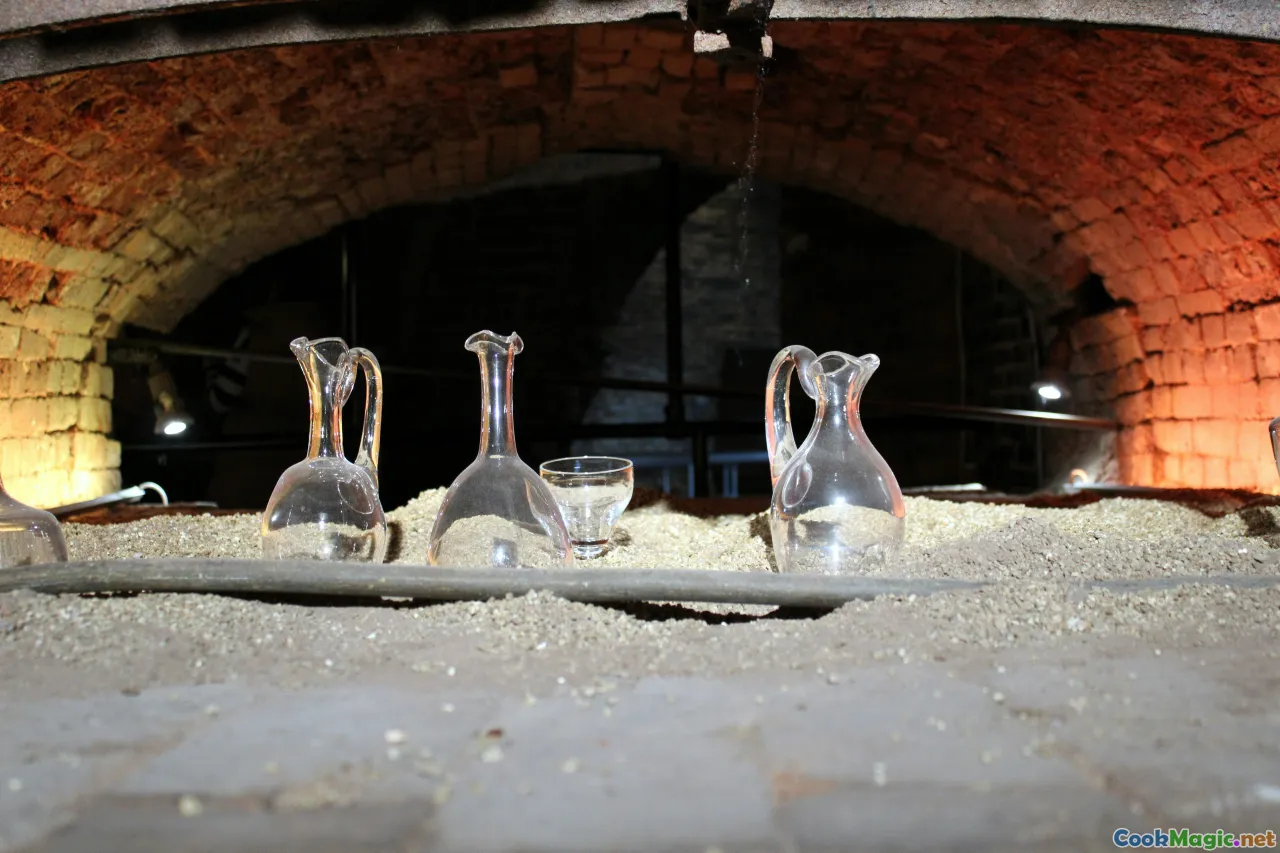
If you’re lucky enough to visit Pag, come with an appetite and a windbreaker. The island reveals its flavors on foot and by fork.
-
Kolan’s dairies: Arrange a tasting at a local dairy’s shop and aging rooms. Many offer structured flights across ages, sometimes pairing cheeses with local wines or sage honey. The staff will likely tell you which pasture the sheep favored last spring; that intimacy is part of the charm.
-
Solana Pag: Tour the saltworks to see the vast pans stretching toward the horizon, a geometry of white and blue. The museum walks you through the island’s salt history, which profoundly shaped its culinary life.
-
Lun Olive Gardens: At the island’s northern tip, the ancient olive groves at Lun feel like a stone poem: twisted trunks, silver leaves, wind singing. Try the local oil and take a bottle home to dress salads and rub rinds.
-
Pag town: Wander the narrow streets and notice lace displayed in windows—the city’s feminine craft, intricate and patient. Look for small bars pouring local wines where a cheese platter inevitably includes Paški sir.
-
Seaside tables: In Novalja or Šimuni, order grilled fish and a simple green salad. Ask for a plate of cheese to start or finish the meal. In a place where the sea and wind dictate so much, the cheese feels like a closing hymn.
Even if you never set foot on Pag, you can travel by plate. Specialty shops in Zadar, Split, and Zagreb often stock a wide selection of Paški sir, and many export to metropolitan cheese counters across Europe and North America. Look for tasting notes and ask mongers for wheels harvested in spring—they tend to be more floral.
A Cheesemaker’s Calendar: The Rhythm Behind the Rind

Paški sir follows the seasons. Lambing in late winter and early spring starts the clock. As grass and herbs awaken on the karst pastures, milk becomes generous. Spring and early summer milk produces the most sought-after cheeses—those middle-aged beauties that capture a fleeting season of abundance. By late summer, pastures grow sparse, the bura takes on a drier bite, and production slows. Aging rooms quiet into a steady breathing.
This rhythm means the best time to buy a middle-aged wheel might be winter, when spring milk cheeses hit 8–10 months. Conversely, if you’re a fan of younger, brighter wheels, early autumn is rewarding. A cheese monger who knows their stock can help you triangulate birth-to-bite timing, a delightful exercise in edible time travel.
Common Missteps and How to Avoid Them

- Oversalting your dish: Paški sir is inherently salty. Taste before adding salt to pastas and risottos; often, finishing with the cheese is all the seasoning you need.
- Stifling the cheese in plastic: Let it breathe. Smothering it in cling film can mute aromatics and invite off-flavors. Use cheese paper or waxed paper.
- Fridge funk: Store away from pungent items (onions, fermented fish). Cheese is a sponge for smells.
- Serving too cold: Cold cheese is mute. Give it air and time.
- Cutting rinds off entirely: The oiled rind carries aroma. For tasting, leave a little rind on; shave away any hard or dry outermost layer, but don’t discard the whole rind blindly.
The Soul of Paški Sir

What lingers after a long day on Pag is not just flavor. It is the sense that cheese can be a diary entry written by wind, salt, and hands. I remember a late afternoon on a low hill above Kolan, dry-stone walls sketching boundaries in a loose geometry, sheep nibbling toward evening. The air smelled of warmed rock, crushed thyme, and the faint metallic scent of the sea. In my bag was a wedge bought that morning. I broke off a corner and let it sit on my tongue, and for a moment the day reassembled itself: the sun in the salt pans, lace in a window, the sound of a dairy door closing, the small crunch of crystals like footsteps on gravel.
Paški sir is a food, but it is also a map. It charts the movements of people who built walls from stone, coaxed milk from stubborn land, and found in the bura’s bite not an enemy but a collaborator. It carries love and craft and a specific, stubborn beauty. You can experience it on a plate anywhere in the world, but it is best understood on that strip of rock in the Adriatic. Stand on the Pag bridge in the morning when the wind is up. Smell the salt. Then go find a wedge, and taste the weather itself.









